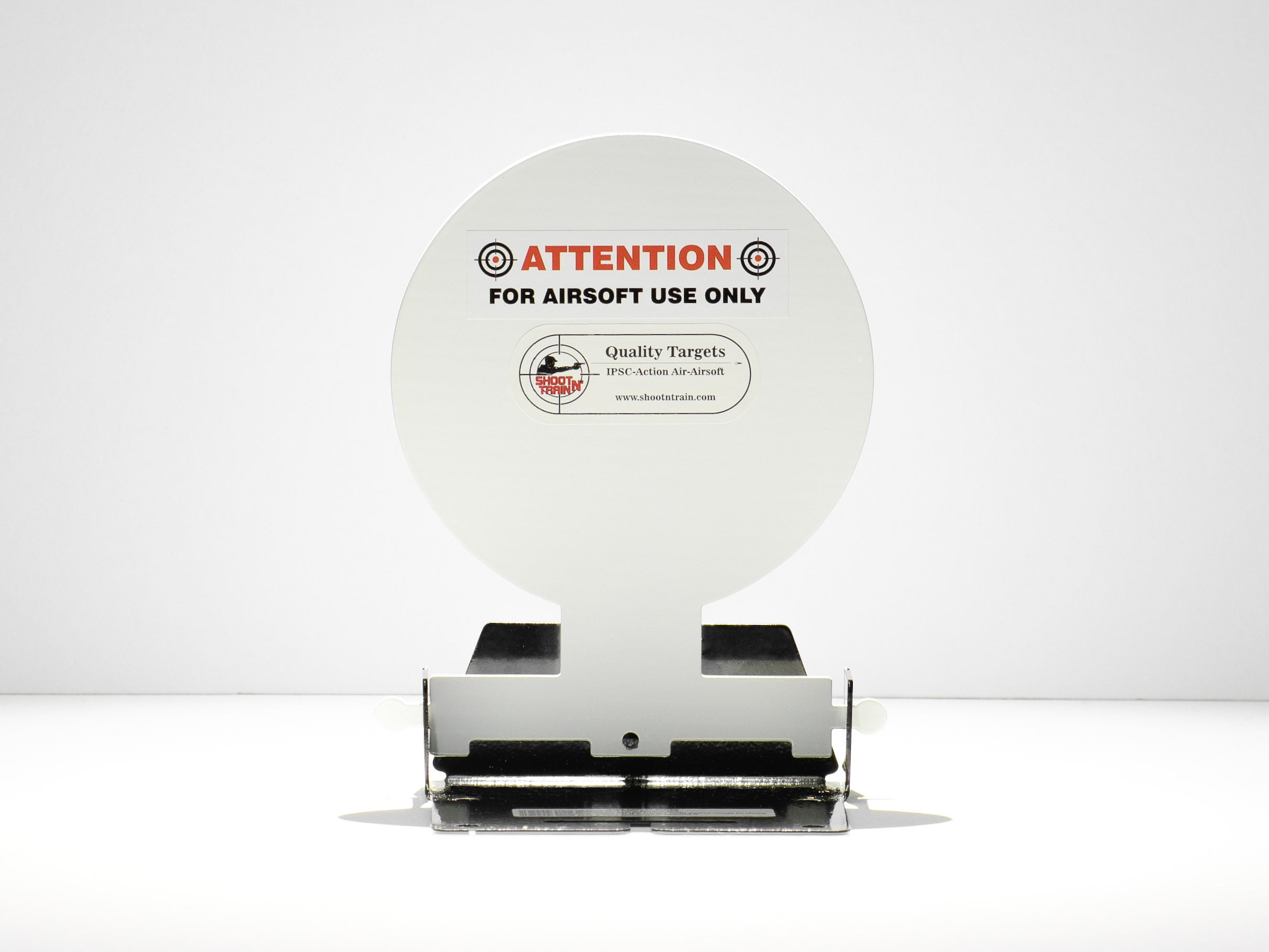Introduction
When it concerns IPSC (International Practical Shooting Confederation) drills, having the ideal targets is important for a successful training session. IPSC is a dynamic and competitive shooting sport that requires shooters to take part in numerous scenarios and difficulties. To effectively train for these drills, shooters need to have access to a large range of targets that imitate real-life situations.

In this article, we will check out the importance of selecting the best IPSC range targets for various drills. We will discuss the different kinds of IPSC targets readily available, their functions and advantages, and how they can improve your training sessions. Whether you are an experienced IPSC shooter or just starting, understanding the significance of picking the appropriate targets can considerably improve your skills and performance.
The Value of Choosing the Right IPSC Variety Targets
Choosing the best IPSC variety targets is necessary for several reasons:
Realistic Simulation: IPSC drills intend to replicate real-life circumstances that shooters may encounter in self-defense or law enforcement situations. Having targets that properly represent these circumstances assists shooters train in a practical environment and establish practical shooting skills.
Target Variety: Various drills require various target discussions, such as fixed targets, moving targets, or reactive targets. By picking a variety of targets, shooters can practice diverse shooting methods and enhance their general proficiency.
Challenge and Engagement: Shooting at the very same target consistently can become tedious and hinder ability development. Choosing targets with differing sizes, shapes, and scoring zones includes an aspect of challenge and engagement to training sessions, keeping shooters motivated and focused.
Feedback Mechanism: Targets with visible scoring zones provide immediate feedback on shot positioning. This allows shooters to identify locations for improvement and make required changes to their shooting technique.
Competition Preparation: IPSC competitors need participants to engage several targets within a specified timespan. Training with IPSC range targets that simulate competition situations assists shooters develop speed, accuracy, and target transitioning skills.
Types of IPSC Targets
There are several kinds of IPSC targets available in the market, each created to serve a particular function during training sessions. Let's check out some of the most typical types:
1. Static Targets
Static targets are stationary and do not have any moving parts. They are usually made of cardboard or paper and feature scoring zones to examine shot positioning. Static targets are perfect for practicing marksmanship and accuracy shooting.
2. Moving Targets
Moving targets add an aspect of obstacle and realism to IPSC drills. They can simulate moving risks or targets in motion, requiring shooters to engage them properly while they are on the move. Moving targets can be motorized or by hand run, depending upon the training facility and resources available.
3. Reactive Targets
Reactive targets are created to supply immediate visual or auditory feedback upon impact. They often consist of reactive elements such as swinging plates, falling items, or blowing up targets. Reactive targets boost situational awareness and aid shooters establish quick decision-making skills.
4. Pop-Up Targets
Pop-up targets are concealed behind covers or barriers and pop up for a little while for a restricted duration before going back to their initial position. These targets need shooters to rapidly recognize and engage ipsc endorsed shooting targets them within the provided time window, mimicing surprise encounters or ambush situations.
5. Steel Targets
Steel targets are made from hardened steel plates that produce a distinct "ring" sound when struck by bullets. They are long lasting and long-lasting, making them ideal for high-volume shooting sessions. Steel targets offer instantaneous feedback through visual and acoustic cues.

Factors to Think about When Choosing IPSC Range Targets
When picking IPSC range targets for various drills, there are numerous factors you need to consider:
Training Objective: Figure out the particular skills you want to develop throughout the drill. Are you concentrating on accuracy, speed, or target transitioning? Select targets that align with your training goals.
Scoring Zones: Ensure that the targets you choose have clearly defined scoring zones that are visible from different angles and distances. This permits accurate shot assessment and scoring.
Durability: Targets need to have the ability to stand up to repetitive hits without losing their structural integrity. Look for targets made from durable materials such as solidified steel or quality cardboard.
Ease of Setup: Think about the ease of setting up and resetting targets during drills. Targets that can be rapidly put together and disassembled save time and effort, optimizing training efficiency.
Storage and Portability: If you have actually restricted storage space or need to carry targets to various areas, consider choices that are light-weight and simple to store or carry.
Budget: Set a spending plan for your target choice process. While purchasing high-quality targets is advised for long-lasting use, there are cost effective choices readily available without jeopardizing on functionality.
FAQs about Choosing the Right IPSC Range Targets
Q: What are IPSC targets made of?- IPSC targets are frequently made from cardboard, paper, or solidified steel plates, depending upon their meant usage and toughness requirements.
- Regular paper targets can be utilized for basic marksmanship practice, however they might not offer the exact same level of realism and feedback as IPSC-specific targets with scoring zones.
- Reactive targets designed for shooting sports are normally safe when utilized as instructed. Nevertheless, it is necessary to follow all security guidelines and guarantee appropriate variety setup before including reactive targets into drills.
- The number of targets needed depends on the training objectives, offered space, and the number of individuals. It is recommended to have a range of targets to simulate different circumstances and engage several participants simultaneously.
- Each shooting organization or competitors may have its own set of guidelines relating to target measurements, scoring zones, and target placement. Familiarize yourself with these rules to ensure compliance throughout drills and competitions.
- IPSC range targets can be purchased from shooting devices retailers, online marketplaces, or directly from makers. Ensure to choose trusted sellers that offer quality products.
Conclusion
Choosing the right IPSC range targets for different drills is vital for efficient training and ability advancement. By picking targets that precisely imitate real-life situations, provide a range of challenges, and supply instant feedback, shooters can enhance their marksmanship, speed, and decision-making abilities.

Consider factors such as target type, sturdiness, ease of setup, and budget plan when making your choice. Remember to follow all security standards and acquaint yourself with any specific target regulations set by shooting organizations or competitions.
Investing in premium IPSC targets will not just improve your shooting skills however likewise add enjoyment and engagement to your training sessions. So, get ready with the right IPSC targets and take your shooting capabilities to brand-new heights!